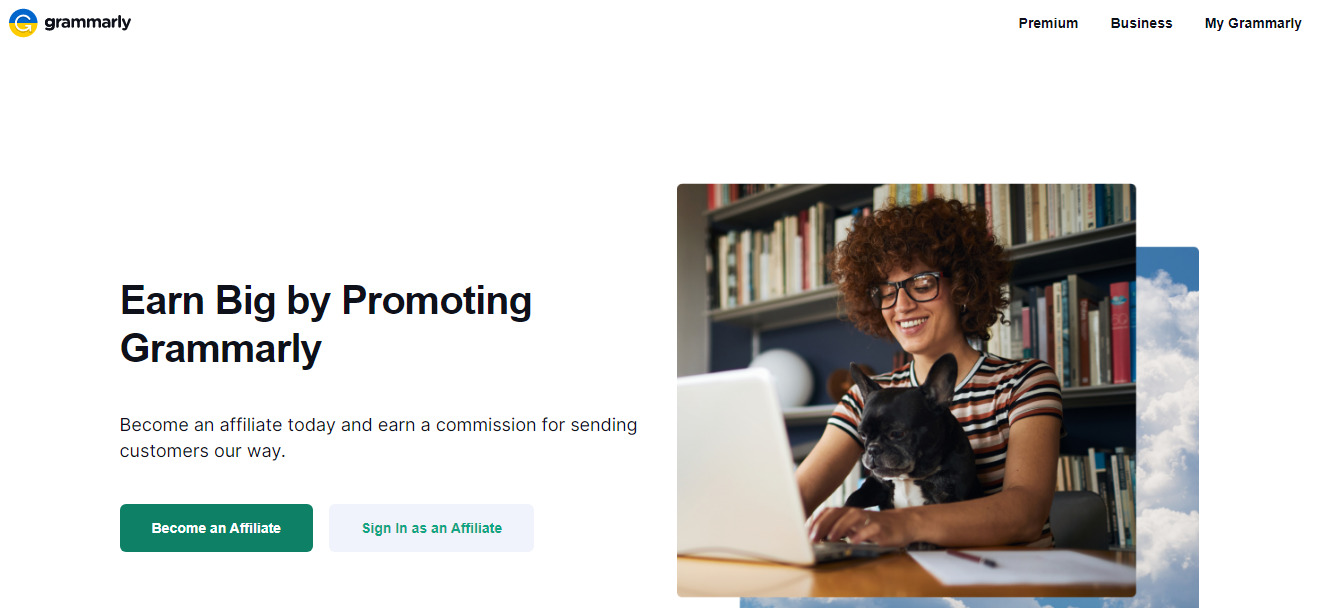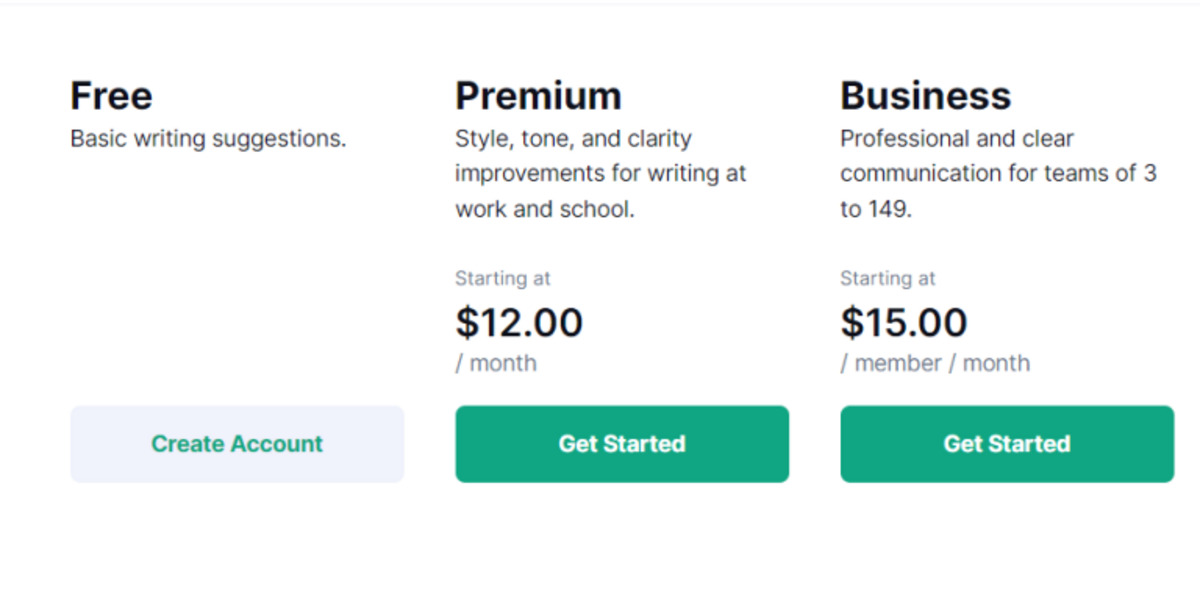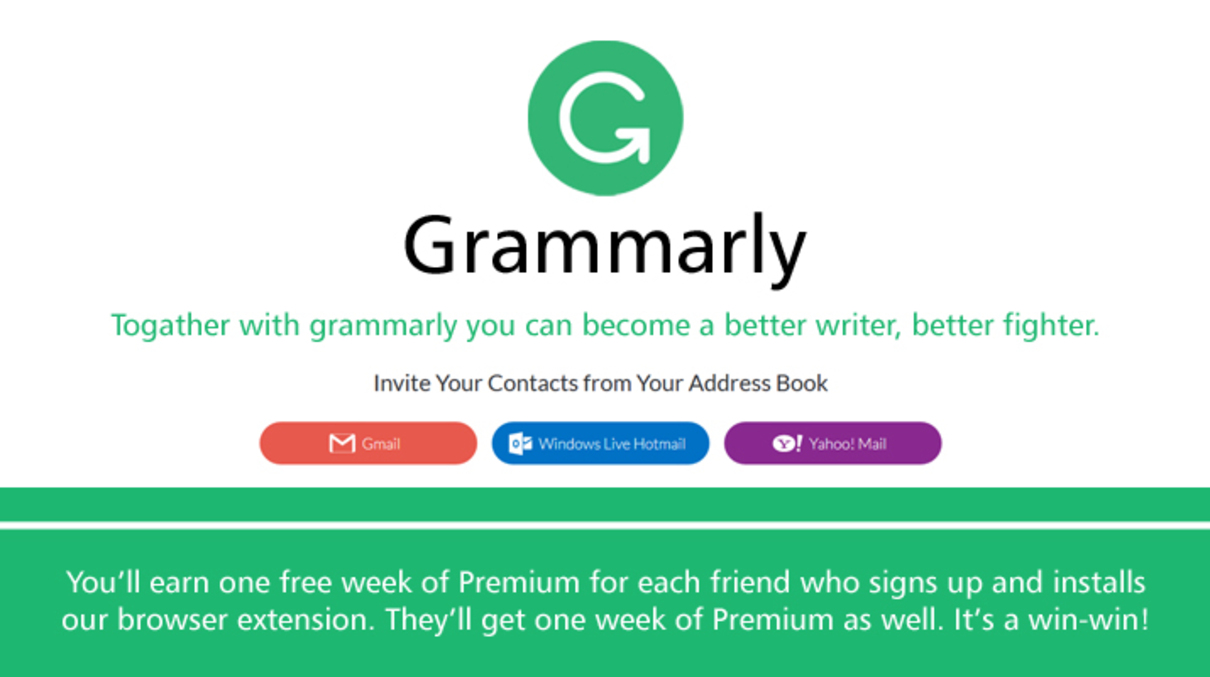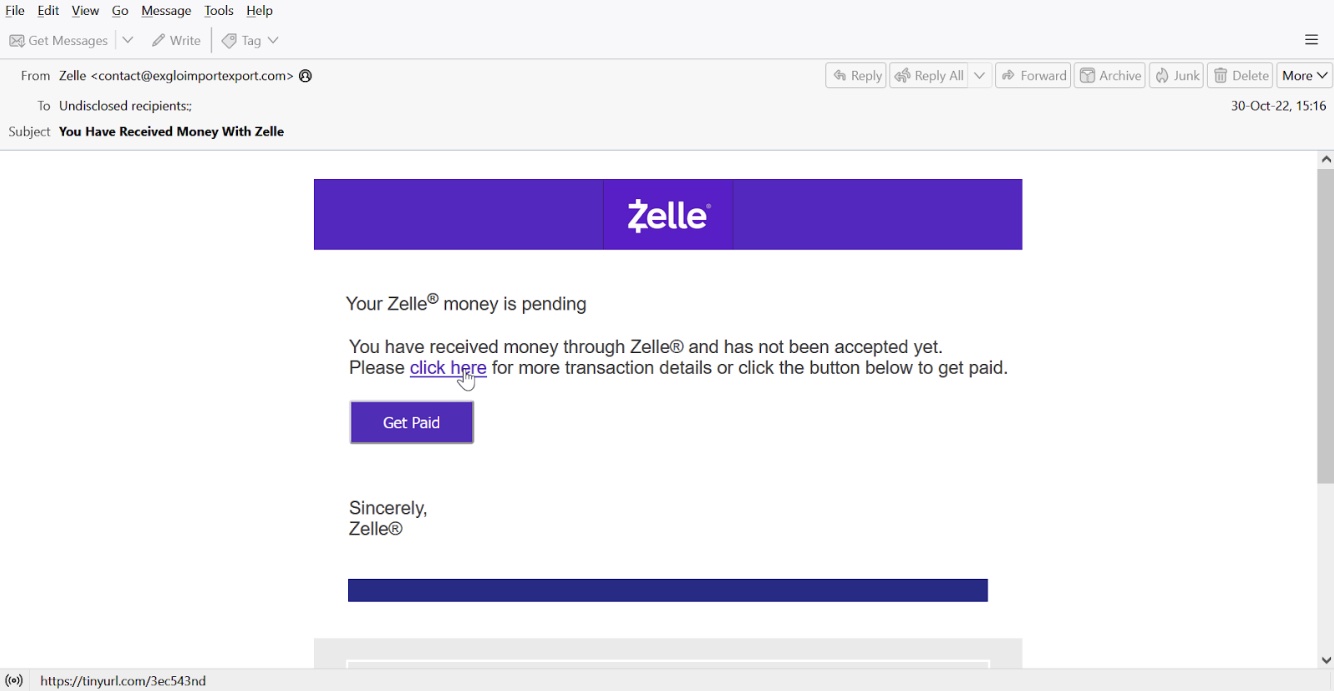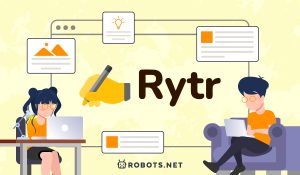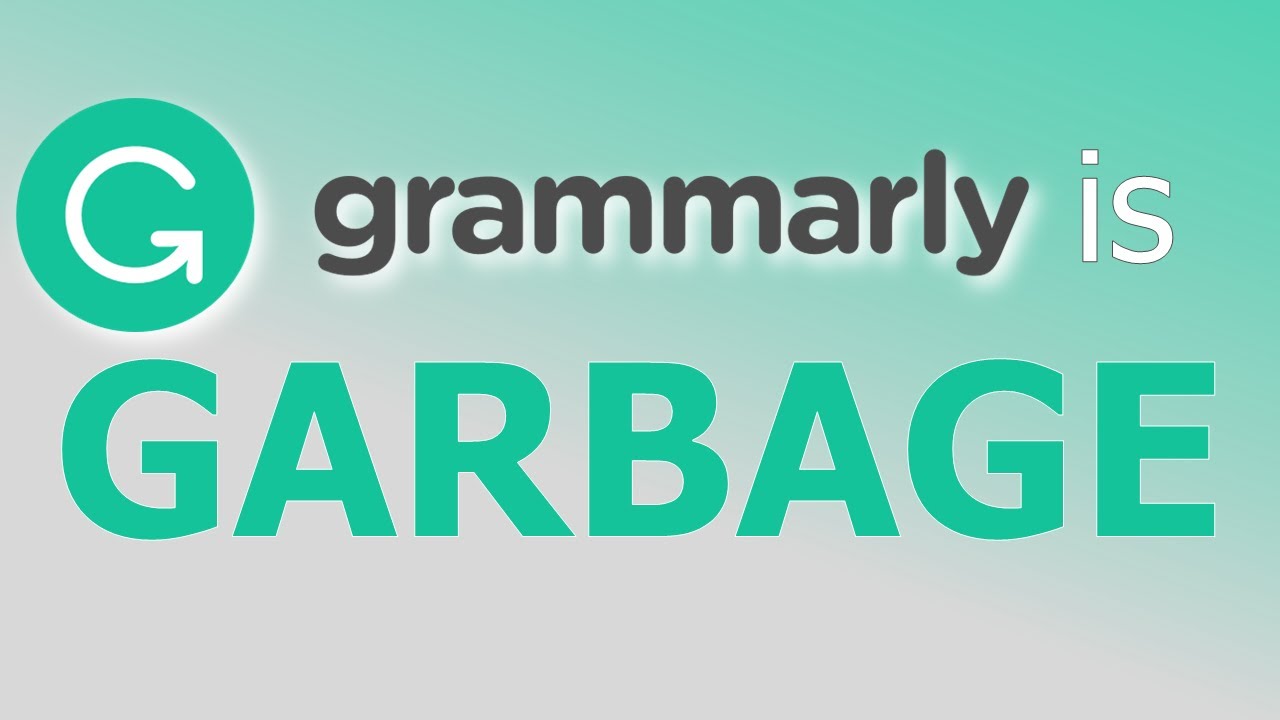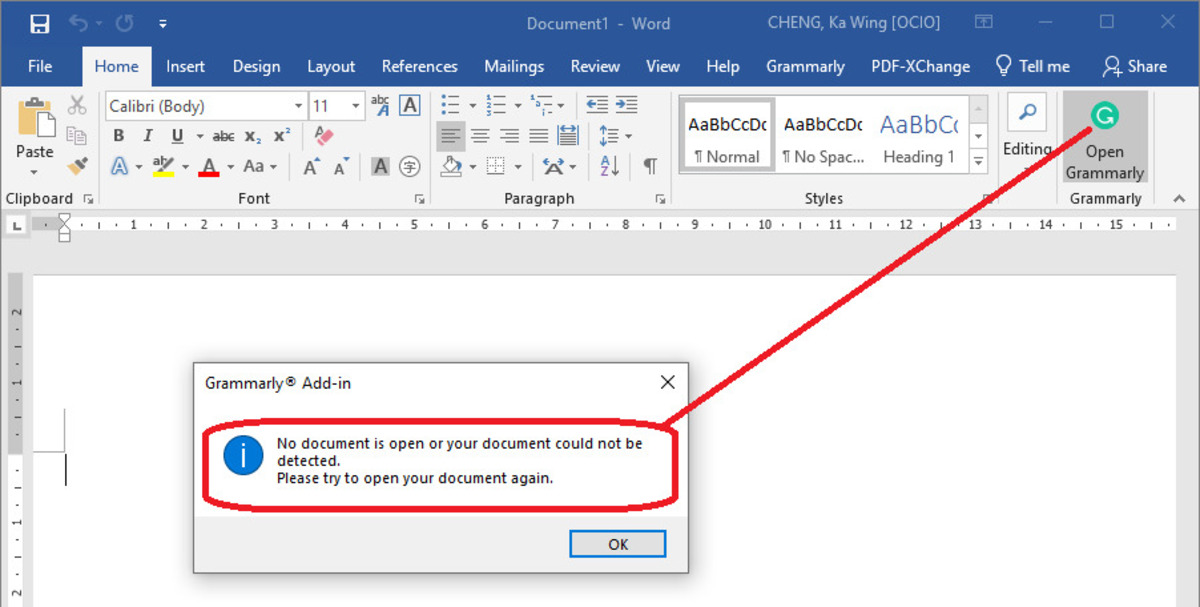Introduction
Grammarly, the popular online writing assistant, has become a valuable tool for individuals and businesses alike. With its ability to catch spelling errors, grammar mistakes, and punctuation issues, Grammarly has made a significant impact on the writing process and helped users improve their communication skills. But have you ever wondered how Grammarly makes money?
In this article, we will explore the different ways in which Grammarly generates revenue and monetizes its services. From advertising and partnerships to affiliate marketing and data licensing, Grammarly has implemented various strategies to make its product not only helpful but also profitable.
With over 30 million users worldwide, Grammarly has managed to position itself as a trusted authority in the writing and editing industry. Whether you are a student, professional, or someone who simply wants to enhance their writing skills, Grammarly offers a range of features to meet your needs. It is available as a browser extension, desktop application, and mobile app, making it accessible to users across different platforms.
Now, let’s dive into the details of how Grammarly makes money and sustains its operations.
How Grammarly Works
Grammarly utilizes advanced algorithms and AI technology to analyze and improve the quality of written content. Whether you are writing an email, composing a document, or crafting a blog post, Grammarly’s intuitive interface seamlessly integrates with your writing process.
As you type, Grammarly’s algorithm scans your text, checking for any grammatical errors, punctuation mistakes, spelling errors, and even style inconsistencies. It provides real-time suggestions and corrections to help you refine your writing and enhance its clarity, coherence, and overall readability.
The software not only identifies common errors like misspellings and grammatical mistakes but also offers suggestions for more concise sentences, alternative word choices, and improved vocabulary usage. It also provides explanations for its suggestions, helping users understand the reasoning behind each correction.
Grammarly is also equipped with a plagiarism checker, which compares your text against millions of web pages and academic papers to ensure its originality. This feature is particularly valuable for students and professionals who need to ensure their work is authentic and free from any uncredited sources.
Additionally, Grammarly offers a range of writing goals and genres to cater to different writing styles and purposes. Whether you are writing a casual blog post, a professional report, or a formal academic paper, Grammarly tailors its suggestions and feedback accordingly. This customization allows users to adhere to specific style guidelines and maintain consistency in their writing.
Furthermore, Grammarly’s user-friendly interface and compatibility across multiple platforms make it a convenient tool for writers. It seamlessly integrates with popular word processing programs, web browsers, and even mobile devices, ensuring that users can access its services wherever and whenever they need them.
All in all, the underlying technology behind Grammarly’s operation is focused on enhancing the quality, accuracy, and effectiveness of written communication. By offering real-time feedback, suggestions, and corrections, Grammarly empowers its users to become better writers and communicators.
Grammarly’s Free vs. Premium Features
Grammarly offers both free and premium versions of its writing assistant, allowing users to choose the level of assistance that best meets their needs.
The free version of Grammarly provides users with basic grammar and spelling checks. It highlights any errors or inconsistencies in real-time and offers suggestions for improvement. Users can also access essential features like punctuation checks and sentence structure suggestions. The free version is a great starting point for individuals who want to enhance their writing without committing to a paid subscription.
On the other hand, Grammarly Premium offers a host of additional features that go beyond the basic grammar and spelling checks. With a premium subscription, users gain access to an advanced grammar checker that provides in-depth insights and suggestions for more complex writing issues.
Grammarly Premium also offers a vocabulary enhancement feature, which suggests alternative word choices to improve clarity, conciseness, and style. This feature helps users diversify their vocabulary and elevate their writing to a more professional level.
Another notable feature of Grammarly Premium is its plagiarism checker, which allows users to ensure the originality of their work by comparing it against a vast database of web pages and academic papers. This feature is particularly beneficial for students and professionals who want to maintain academic integrity and proper citation practices.
In addition to these advanced features, Grammarly Premium offers enhanced customer support, allowing users to access personalized help from Grammarly experts. Premium users also receive priority access to new features and updates, ensuring they have the latest tools and improvements at their fingertips.
Grammarly Premium is available through a subscription model, with different pricing options depending on the duration of the subscription. While the premium version requires a financial investment, many users find the additional features and benefits well worth the cost, especially for professional use.
Overall, Grammarly’s free version provides valuable grammar and spelling assistance, while Grammarly Premium takes writing improvement to the next level with advanced grammar checks, vocabulary enhancement, plagiarism checking, and personalized customer support.
Advertising and Partnerships
One of the primary ways Grammarly generates revenue is through advertising and partnerships. Grammarly has successfully built strong relationships with various advertisers and partners, allowing them to promote their products and services to Grammarly’s large user base.
Grammarly strategically places targeted advertisements within their web interface and browser extensions. These advertisements can include products, services, or software that are complementary to Grammarly’s writing assistant. Advertisers pay Grammarly for the opportunity to reach Grammarly users who are actively engaged in writing and editing.
Grammarly also engages in partnerships with other companies and organizations. These partnerships can take various forms, such as integration with popular writing platforms and tools. By collaborating with other industry leaders, Grammarly expands its reach and offers a more comprehensive solution for users.
For example, Grammarly has formed partnerships with Microsoft Office, Google Docs, and other major writing platforms. These integrations allow users to seamlessly access Grammarly’s features and suggestions within their preferred writing environment. This partnership benefits both Grammarly and the platform, as it enhances the overall user experience and encourages increased adoption of Grammarly’s services.
In addition, Grammarly has partnered with educational institutions and organizations to provide students and teachers with access to Grammarly’s tools at discounted rates or through specialized programs. This partnership not only generates revenue for Grammarly but also helps promote its services to a key target audience.
Through strategic advertising and partnerships, Grammarly is able to monetize its user base while maintaining a positive user experience. By carefully selecting relevant and valuable advertising partners and forming collaborations with industry leaders, Grammarly ensures that its revenue-generating activities add value to its users’ writing journey.
Affiliate Marketing
Affiliate marketing is another key revenue stream for Grammarly. Through affiliate marketing programs, Grammarly partners with publishers, bloggers, and content creators who promote Grammarly’s writing assistant to their audience. These partners earn a commission for each user who signs up for Grammarly through their referral link.
Grammarly’s affiliate marketing program provides an opportunity for individuals and businesses to monetize their online presence while promoting a valuable writing tool. Content creators can include Grammarly in their blog posts, videos, or social media content, sharing their positive experiences and encouraging their audience to try Grammarly for themselves.
Grammarly provides its affiliates with a unique referral link and various marketing materials to support their promotional efforts. These resources may include banners, text links, and even exclusive discounts or promotions to entice potential customers.
The affiliate marketing program benefits both Grammarly and its affiliates. Affiliates earn commissions for each successful referral, incentivizing them to actively promote Grammarly to their audience. In return, Grammarly expands its user base through the reach and influence of its affiliate partners.
By building relationships with reputable affiliates, Grammarly taps into their established networks and leverages their credibility and expertise. This referral-based marketing approach allows Grammarly to reach a wider audience that may not have otherwise discovered the writing assistant.
To ensure transparency and fairness, Grammarly tracks affiliate referrals using sophisticated tracking systems. Affiliates can access their referral data, including the number of clicks, sign-ups, and commissions earned, through a dedicated affiliate dashboard.
Affiliate marketing serves as a mutually beneficial relationship between Grammarly and its affiliates. It allows Grammarly to generate revenue through the acquisition of new users, while affiliates can monetize their content and recommendations.
Overall, affiliate marketing plays a significant role in Grammarly’s revenue stream, as it harnesses the power of influencers and content creators to promote its writing assistant and attract new users.
Data Licensing and Research
Grammarly’s extensive user base and the vast amount of data it collects from its users have opened up opportunities for data licensing and research partnerships. As users interact with Grammarly’s writing assistant, the tool collects anonymized data that helps improve its algorithms and enhance its performance.
Grammarly can leverage this anonymized data to gain insights into writing patterns, common mistakes, and emerging trends. This valuable data can be utilized in various ways, making it an attractive asset for research institutions, educational organizations, and other entities.
Grammarly may enter into data licensing agreements, whereby it provides access to its anonymized data to external organizations for research purposes. These partnerships can assist academic researchers and language experts in their studies on writing patterns, language usage, and even machine learning algorithms.
In addition to licensing data for research purposes, Grammarly can also utilize its vast dataset to conduct in-house research and development. By analyzing user behaviors and preferences, Grammarly can further improve its algorithms and enhance the accuracy and effectiveness of its writing assistance. This continuous research and development allow Grammarly to stay at the forefront of the industry and maintain its position as a leading writing assistant.
Data licensing and research partnerships not only generate revenue for Grammarly but also contribute to advancements in the field of linguistics, artificial intelligence, and natural language processing. The insights gained from these partnerships can help refine Grammarly’s algorithms, making the tool even more effective and efficient in assisting users with their writing.
It is important to note that Grammarly takes user privacy seriously and ensures that all data used for licensing or research purposes is anonymized and stripped of any personally identifiable information. User privacy and data security are fundamental principles that Grammarly upholds throughout its data practices.
By leveraging the power of its user data, Grammarly can support academic research, drive innovation, and generate revenue through data licensing and research partnerships. This data-driven approach allows Grammarly to continuously enhance its writing assistant and provide users with a comprehensive and valuable writing experience.
Enterprise License
In addition to serving individual users, Grammarly offers an enterprise license, catering to the needs of businesses and organizations. The enterprise license provides advanced writing assistance and collaboration features tailored specifically for teams and corporate environments.
With the Grammarly enterprise license, organizations can ensure consistent and professional communication throughout their workforce. The advanced grammar and style checks help employees maintain high-quality writing standards, whether it’s in emails, reports, or other business documents.
The enterprise license also includes features designed for team collaboration, such as shared writing spaces, commenting, and version control. These features allow team members to collaborate seamlessly on documents, provide feedback, and track changes, streamlining the writing and editing process.
Furthermore, the enterprise license provides an administrative dashboard that allows organizations to manage user accounts, permissions, and access controls. This centralized management ensures that businesses can effectively oversee and maintain their Grammarly deployment at scale.
Organizations that opt for the enterprise license benefit from dedicated customer support and training resources. Grammarly provides onboarding sessions, tutorials, and regular updates to help businesses maximize the value they derive from the writing assistant.
The enterprise license can be customized to fit the specific needs and size of an organization. Grammarly offers flexible pricing and licensing options, including volume discounts for larger teams, making it an accessible and cost-effective solution for businesses of all sizes.
The enterprise license has found success in various industries, including technology, finance, healthcare, and education. Companies rely on Grammarly to enhance their internal and external communication, maintain professionalism, and ensure accuracy in their written content.
In addition to the revenue generated through the enterprise license itself, Grammarly benefits from the expansion of its user base and increased brand exposure. Businesses that adopt Grammarly’s enterprise solution often become advocates for the tool, promoting it to their employees and partners.
Overall, the enterprise license has become an essential component of Grammarly’s revenue streams, allowing the company to serve the unique needs of organizations and establish long-term partnerships with businesses around the world.
Conclusion
Grammarly has proven to be much more than just a useful writing assistant. Behind its user-friendly interface and powerful algorithms lies a well-thought-out monetization strategy. By implementing various revenue-generating methods, Grammarly has managed to become not only a valuable tool but also a profitable business.
The company generates revenue through advertising and partnerships, strategically collaborating with advertisers and integrating with popular writing platforms to reach a wider audience. Grammarly’s affiliate marketing program allows content creators to monetize their platforms while promoting the writing assistant to their followers.
Data licensing and research partnerships enable Grammarly to utilize its anonymized user data for academic research and in-house development, further advancing the field of writing assistance. Additionally, Grammarly offers an enterprise license tailored to the needs of businesses, providing advanced features and collaboration tools for professional use.
With its free and premium features, Grammarly appeals to millions of users across the globe, offering a comprehensive writing enhancement experience. The tool’s accuracy, effectiveness, and user-friendly interface have solidified its position as a leading writing assistant in the market.
As Grammarly continues to evolve and innovate, it is likely to explore new avenues for revenue generation and expansion. Whether through continued partnerships, new product offerings, or further advancements in its technology, Grammarly will continue to find ways to monetize its services while delivering valuable solutions to its users.
Overall, Grammarly’s success in making money stems from its ability to balance user needs with revenue generation. By providing a valuable writing tool and continuously improving its features, Grammarly has managed to build a strong user base and establish itself as a trusted brand in the writing and editing industry.







